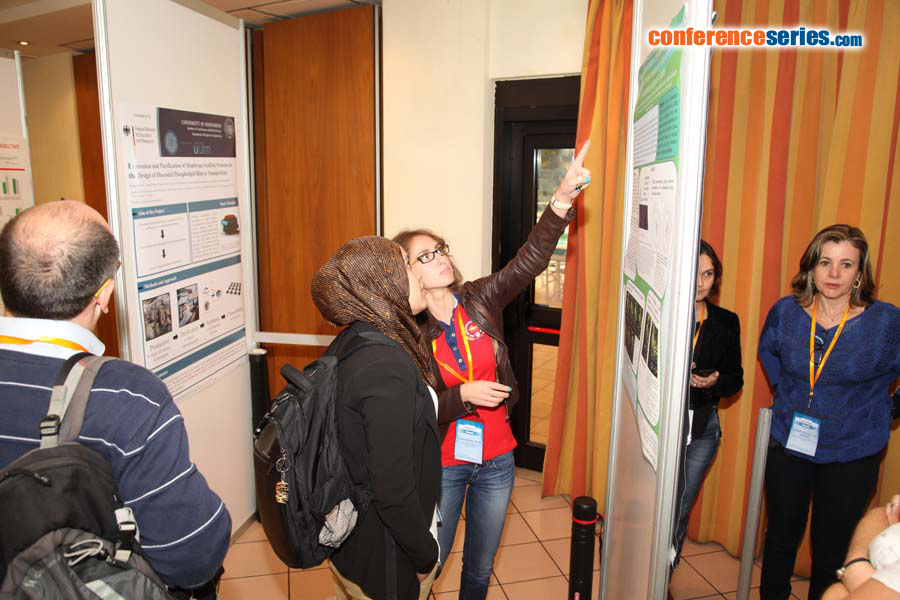Vanda Maria Falcão Espada Lopes de Andrade
Universidade de Lisboa, Portugal
Title: Changes in rat urinary heme metabolites predict the magnitude of the neurotoxic effects induced by a mixture of lead, arsenic and manganese
Biography
Biography: Vanda Maria Falcão Espada Lopes de Andrade
Abstract
Arsenic (As), manganese (Mn) and lead (Pb) are neurotoxic metals/metalloids that occur as mixtures in specific settings, like mines. Eff orts have been made to identify biochemical biomarkers (BMs) of neurotoxicity which can aid an early detection, progression or outcome of treatments. Th e complexity of the nervous system, individual variability and ubiquity of neurotoxic mixtures, is leading to the belief that multiparameter analysis through the integration of various markers may establish robust correlations between BMs and individual’s health status. Metals, including As, Mn and Pb, induce specific and different changes in heme metabolites excretion patterns, and its accumulation can cause neurotoxicity. The aim of this work was to generate 2 predictive models: (A) simpler and designed to detect neurotoxicity and (B) to predict the magnitude of these effects, individually. A group of Wistar rats were co-exposed for 8 days to Pb, As and Mn; a control group was used. Motor activity was evaluated and 24 h urine was collected. Urinary delta aminolevulinic acid (ALA U) and total porphyrins (Porf U) were determined by spectrophotometry and combined by multiple regressions to detect motor activity decrement (model A). Th e urinary porphyrin profile was determined by HPLC and used to predict the number of ambulation’s and rearing using the same statistical method (model B). All subjects were correctly classified regarding to motor activity decrease (model A) and average errors of 2 ambulation or rearing counts were obtained with model B. Th is work suggests that BMs integration methodologies are promising to assess “Real-Life” scenarios of exposure to chemical mixtures.





